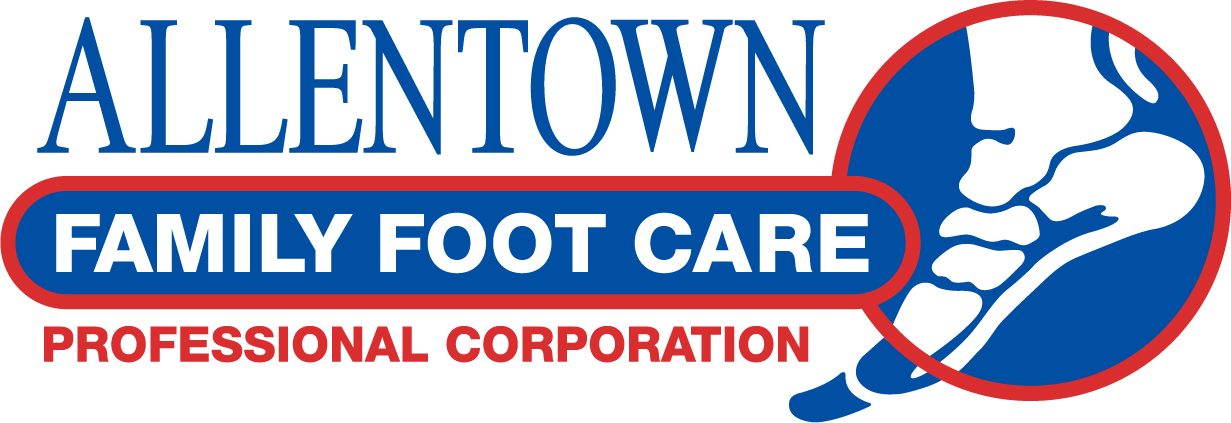Plantar Fasciitis
Plantar fasciitis is a common condition that causes pain and discomfort in the heel and bottom of the foot. It occurs when the plantar fascia, a thick band of tissue that supports the arch of the foot, becomes inflamed or irritated. Understanding the causes, symptoms, and available treatment options for plantar fasciitis is crucial for effective management and relief of symptoms.
Causes of Plantar Fasciitis
Plantar fasciitis can develop due to a variety of factors, including:
-
Overuse or Excessive Strain: Repetitive activities that involve the feet, such as running, jumping, or prolonged standing, can strain the plantar fascia, leading to inflammation and pain.
-
Foot Mechanics: Flat feet, high arches, or abnormal foot mechanics can place additional stress on the plantar fascia, making it more susceptible to injury.
-
Improper Footwear: Wearing shoes that lack proper arch support or cushioning can contribute to the development of plantar fasciitis.
-
Tight Calf Muscles: Tightness in the calf muscles can put increased tension on the plantar fascia, increasing the risk of inflammation and pain.
Symptoms of Plantar Fasciitis
The primary symptom of plantar fasciitis is pain in the heel or bottom of the foot. The pain is usually worse in the morning or after periods of rest, and it tends to improve with movement. Other common symptoms include:
- Sharp or stabbing pain in the heel or arch of the foot
- Discomfort or pain when taking the first few steps in the morning or after periods of inactivity
- Pain that worsens with prolonged standing or physical activity
- Tenderness or swelling in the affected area
Treatment of Plantar Fasciitis
Treatment options for plantar fasciitis focus on reducing pain, promoting healing, and preventing further injury. They may include:
-
Rest and Ice: Resting the foot and applying ice packs can help reduce pain and inflammation.
-
Stretching and Exercises: Specific stretching exercises can help improve flexibility, strengthen the foot and calf muscles, and alleviate tension on the plantar fascia.
-
Orthotic Devices: Custom orthotic inserts or shoe inserts can provide arch support, cushioning, and better alignment, reducing strain on the plantar fascia.
-
Physical Therapy: A physical therapist can provide targeted exercises, manual therapy, and other techniques to improve foot and ankle function and reduce pain.
-
Medications: Nonsteroidal anti-inflammatory drugs (NSAIDs) or pain relievers may be recommended to manage pain and reduce inflammation.
-
Night Splints: Wearing a splint or brace overnight can help stretch the plantar fascia and Achilles tendon, promoting healing and reducing morning pain.
-
Extracorporeal Shock Wave Therapy (ESWT): ESWT involves using high-energy shock waves to stimulate healing in the affected area and reduce pain.
-
Corticosteroid Injections: In some cases, corticosteroid injections may be considered to provide short-term pain relief and reduce inflammation.
In rare cases where conservative treatments are ineffective, surgical intervention may be recommended to release the tension in the plantar fascia.
Prevention of Plantar Fasciitis
To help prevent plantar fasciitis or reduce the risk of recurrence, it is advisable to:
- Wear supportive and properly fitting shoes that provide adequate arch support and cushioning.
- Gradually increase the intensity and duration of physical activities to allow the feet to adapt.
- Maintain a healthy weight to reduce excess stress on the feet.
- Stretch and strengthen the foot and calf muscles regularly.
- Avoid prolonged periods of standing.
